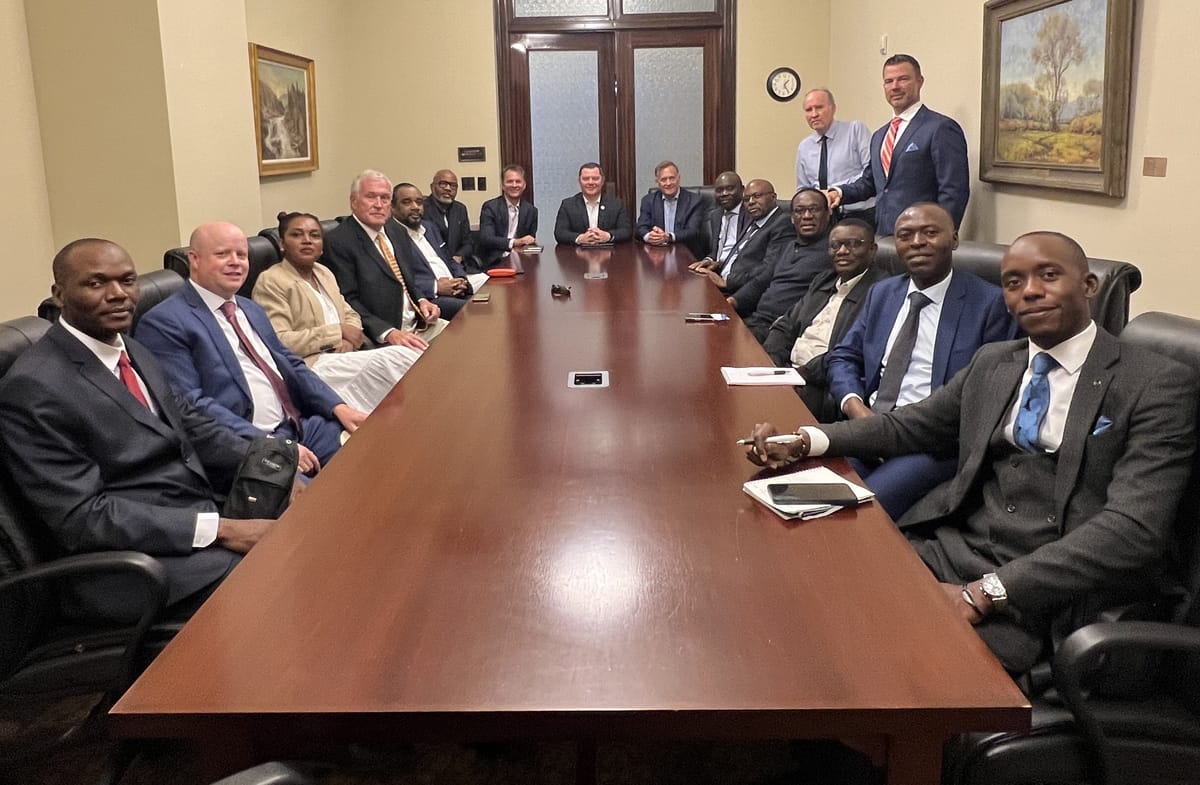

Salt Lake City, Utah — October 14, 2025
Ten years ago, Mark Polson’s heart stopped. The “widow maker” heart attack — a cardiac event few under 40 survive — forced the Utah tech entrepreneur to confront his priorities. “I realized,” he said, “that the projects I worked on needed to matter.”
Polson had already built a name in Utah’s tech scene as founder of Code Greene, a Salt Lake City web development firm launched in 2005 that helped brands like 3-Form, Mozy, MediConnect, and Skullcandy grow. In 2009, he co-founded ReportTime, an HR software startup acquired by TriNet (NYSE: TNET) in 2015. But after his near-death experience, and with resources from that sale, he turned from optimizing code to tackling a far grittier problem: how the world produces and consumes energy.
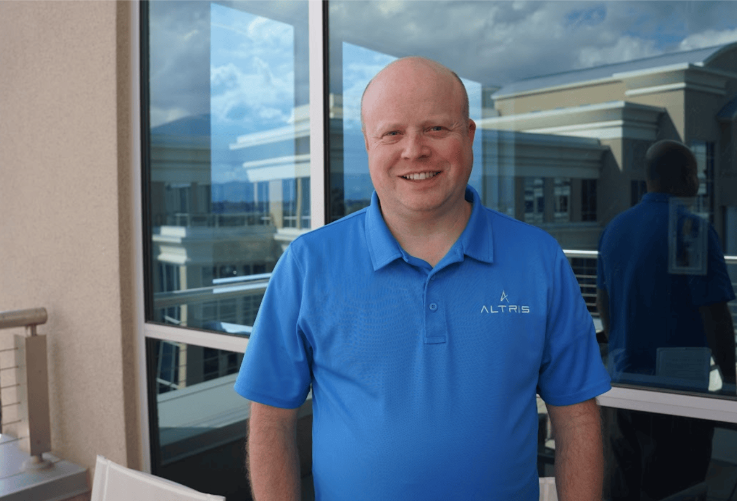
Today, Polson is Founder and CEO of Altris, an energy startup emerging from stealth after a decade of development. Its flagship machine — a modern reinvention of Nikola Tesla’s long-dismissed turbine — promises to generate one megawatt of power in a device the size of a shipping crate. If Altris can scale, it could reshape how communities from Utah to Zambia access clean, distributed power.
From Digital to Physical: Searching for a Better Engine
Altris began not with a breakthrough, but with frustration. Polson had invested in an engine company that refused to fix fundamental design flaws. “I finally told my lead engineer, ‘Find me a better engine. I don’t care where you look,’” he recalled. “It has to be heat agnostic, affordable, and small.”
By heat agnostic, Polson means the turbine can run on virtually any heat source — natural gas, geothermal, Gen 5 nuclear, concentrated solar, or hydrogen. “We think next-gen, lower-cost hydrogen is going to be the best,” he added.
The engineer called it “an impossible assignment.” But a month later, he came back with an answer Polson didn’t expect: the Tesla turbine — a 1913 invention most engineers had long written off. Unlike conventional turbines with blades or vanes, Tesla’s design used a series of smooth, closely spaced discs mounted on a central shaft. Fluid — whether steam, air, or another gas — enters at the edge and spirals inward, transferring momentum through viscous drag rather than direct impact. The design is simple, bladeless, and theoretically capable of extraordinary efficiency, but early attempts failed due to material and manufacturing limits.
Polson saw potential where others saw obsolescence. “History said it failed,” he said. “But Tesla calculated a theoretical maximum of 97% efficiency. Even if we got halfway there, it would be one of the best engines in the world.”
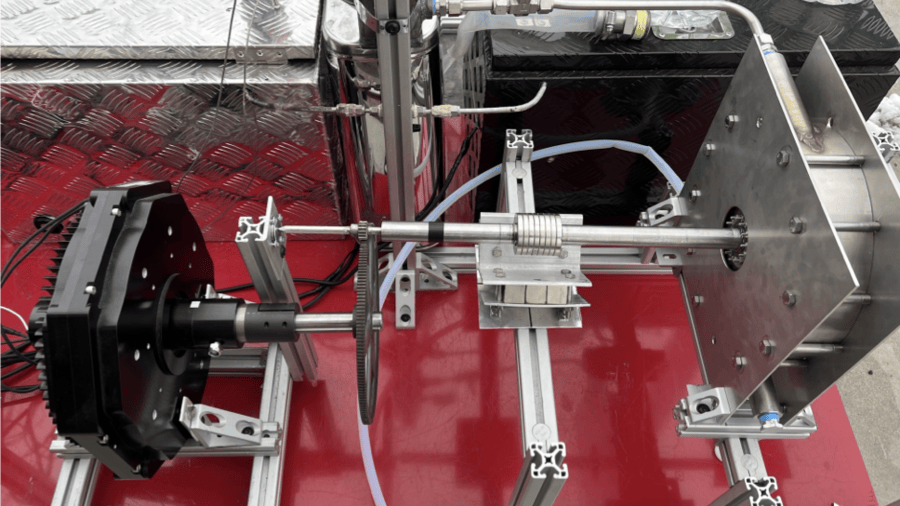
Engineering the Impossible
The team began experimenting. Their first prototype, 3D-printed in plastic, actually spun. They scaled up: a one-watt model, then a 10-kilowatt steel-and-copper version hitting 26,000 RPM, and later a 20-kilowatt prototype running on supercritical CO₂, a high-efficiency working fluid used in advanced power cycles.
“People get overzealous chasing perfect efficiency,” Polson said. “That’s not practical. We started with 55% as a realistic goal and built from there.”
They’re now exceeding that benchmark — a level that would outperform most conventional generators, which typically reach around 47%. Simply replacing those systems, he noted, could cut power use and emissions by nearly 40%.
With modern materials and precision engineering, Tesla’s overlooked concept may finally realize its potential as a compact, high-efficiency generator — one that fits equally well in an urban microgrid or a rural outpost.
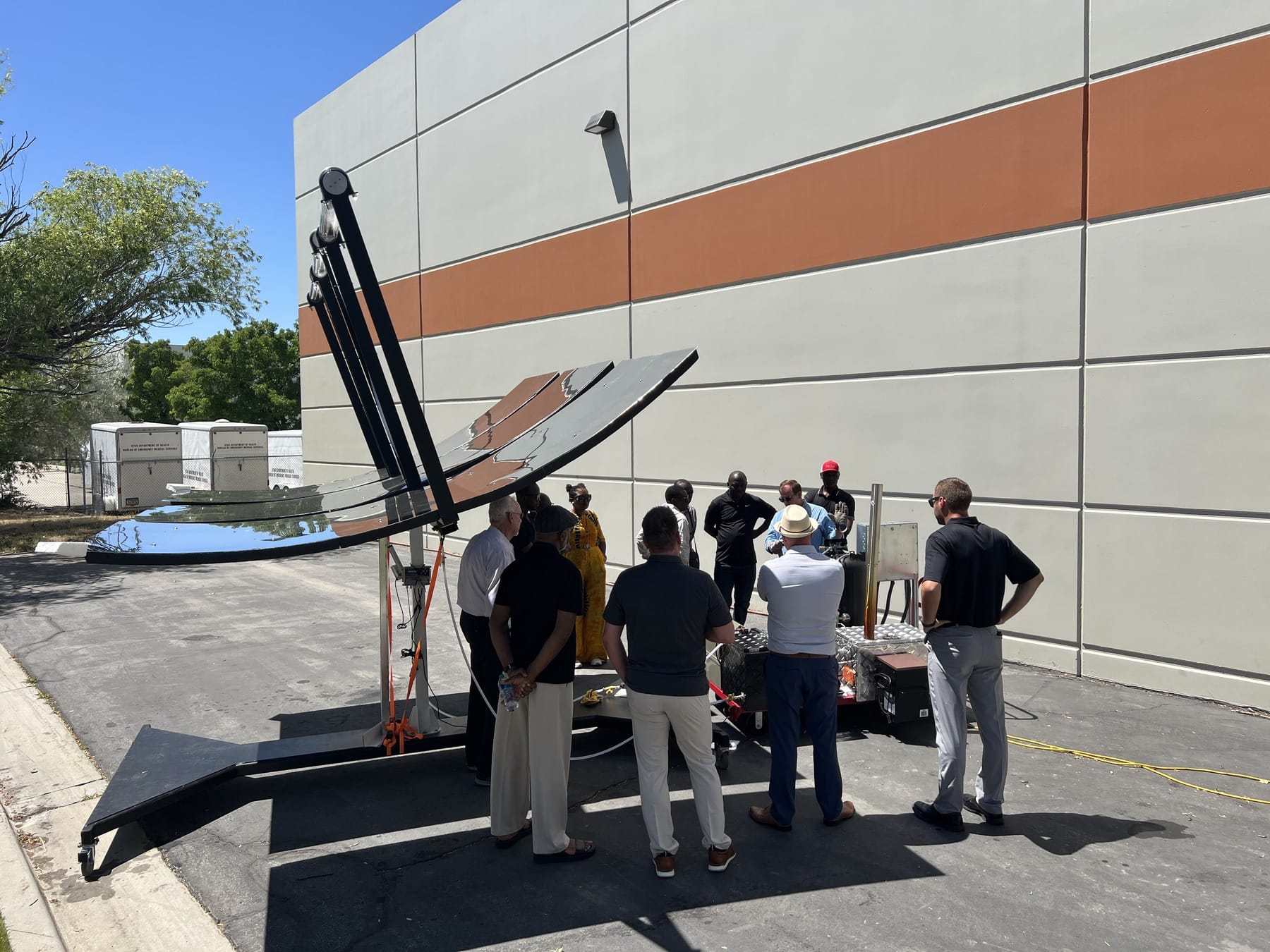
Making Nikola Tesla’s Dream Work
Tesla once called his turbine his favorite invention — a bold claim from the man who gave the world alternating current, radar, and radio. Yet no one had ever commercialized it.
The Altris X3 turbine changes that equation. It runs at manageable speeds and uses advanced composite materials five times stronger than steel, capable of handling extreme pressure without the catastrophic failures that doomed earlier attempts. The unit’s compact form — roughly three by three by four feet — generates a full megawatt of power, enough, Polson says, to serve up to 10,000 homes.
“This thing can sit on a pallet,” he said. “That changes how you think about deploying power.”
Powering Four Million People in Zambia
Two and a half years ago, Polson invited delegations from Zambia and Malawi to Utah for a live demonstration. Both countries expressed interest; Zambia moved quickly.
“They said, ‘We want this technology,’” Polson recalled. “We signed a deal for 3,000 megawatts — enough to power four million people, roughly 40% of the country.”
The contract was a breakthrough, but also the start of a new struggle: financing. “We went to private bankers, sovereign funds, development groups — but Zambia’s credit profile scared people off,” he said. “We’ve spent two and a half years fundraising.”
Now, Polson says, they’re close to securing a group that can move the project forward. Once funded, he estimates a two-year delivery timeline. “If we’d been financed when we signed,” he said, “we’d be done by now.”
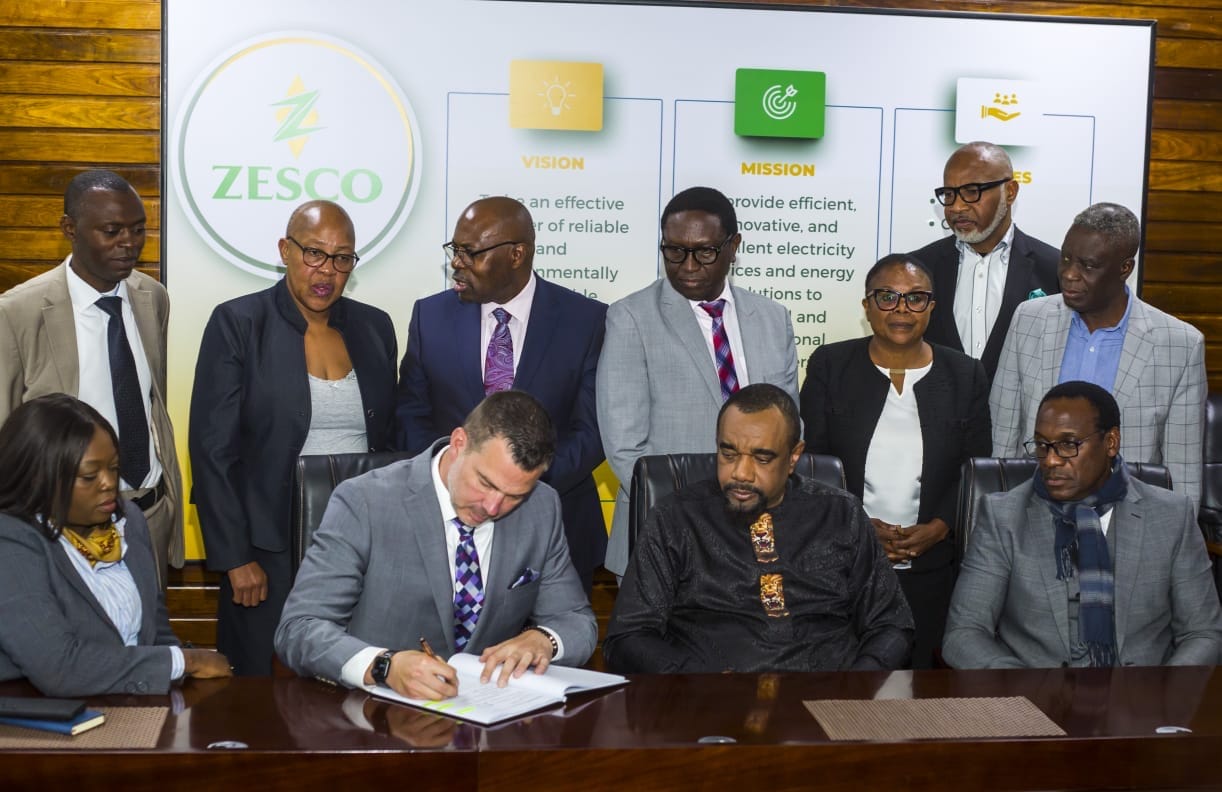
Utah’s Energy Bottleneck
Polson’s vision extends beyond Africa. He believes Utah can be a hub for high-demand energy users, such as AI data centers — but only if the state’s infrastructure keeps pace.
At the June 26th Utah Strategic Imperative meeting, he argued that Utah’s tech talent is world-class, but its grid isn’t. “If new technologies want to enter Utah’s economic arena, legislation has to change. That’s the biggest barrier,” he said at the session, which brought together policymakers, engineers, and energy experts.
Panelists, including Jim Farrell and Dr. Dolly Chitta, echoed his concerns, highlighting the mismatch between Utah’s ambitious tech goals and its current grid capacity and regulatory framework. For Altris, this reality informs a dual strategy: deploy modular microgrids abroad while advocating for policy and infrastructure updates at home.
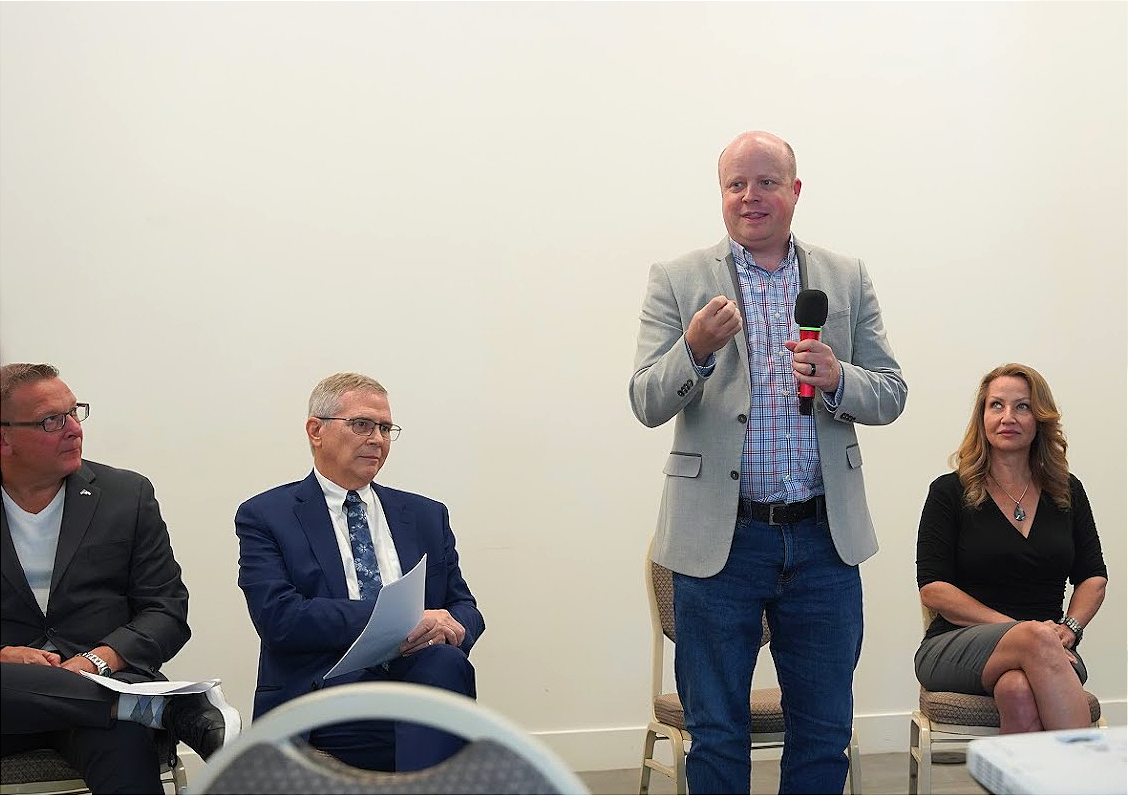
Timing and the Energy Squeeze
While the Zambia deal simmered, the global power landscape shifted. Bitcoin mining, AI, and EVs began straining energy systems. In the U.S., data center developers now face grid constraints once reserved for developing nations.
“This is the first time in my career I’ve seen the supply side be the problem, not demand,” Polson said. “Data centers can’t get enough power. Utilities are tapped out.”
That shift puts Altris in the right place at the right time. The same micro-turbines designed for off-grid villages could serve as distributed power nodes for AI data centers that need local, reliable generation.
“If we can serve the data center industry here,” he said, “we can use those profits to back credit in Africa ourselves. That’s the plan — to become the financial bridge.”
It’s a rare intersection of capitalism and altruism: technology that can power both billion-dollar AI clusters and off-grid communities, each helping fund the other.
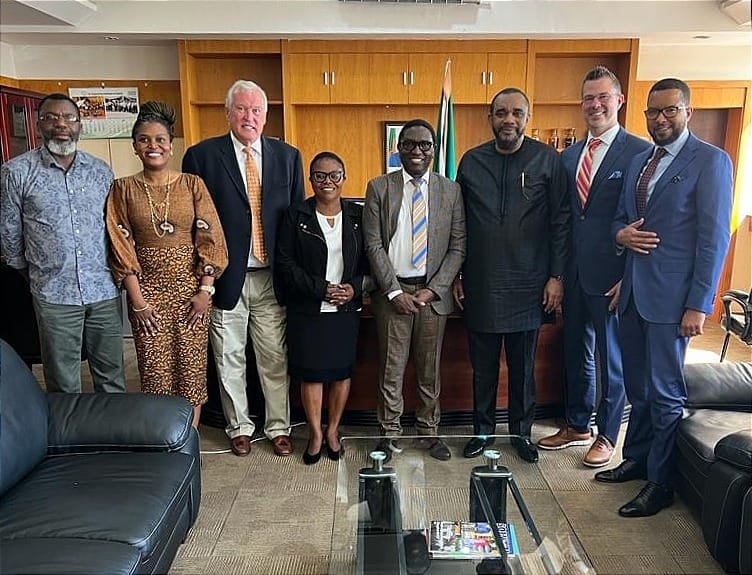
Building in Atoms, Not Code
For Polson, the hardest part hasn’t been the engineering — it’s the financing.
“Venture firms can place a hundred bets and wait for a few unicorns,” he said. “But we’re not software. It takes millions just to reach production. A VC fund could be consumed by one company like ours.”
Hardware innovation, he added, doesn’t scale like software. “If your code doesn’t work, you refactor it. If your turbine doesn’t work, you rebuild the molds and start over. That’s months and millions of dollars. It’s harder — but the impact is real.”
He calls Altris “a ten-year overnight success.” After a decade of quiet development, he’s finally ready to speak publicly. “We’ve been stealth because it’s a competitive space,” he said. “But we’re finally at the point where it’s time to go public.”
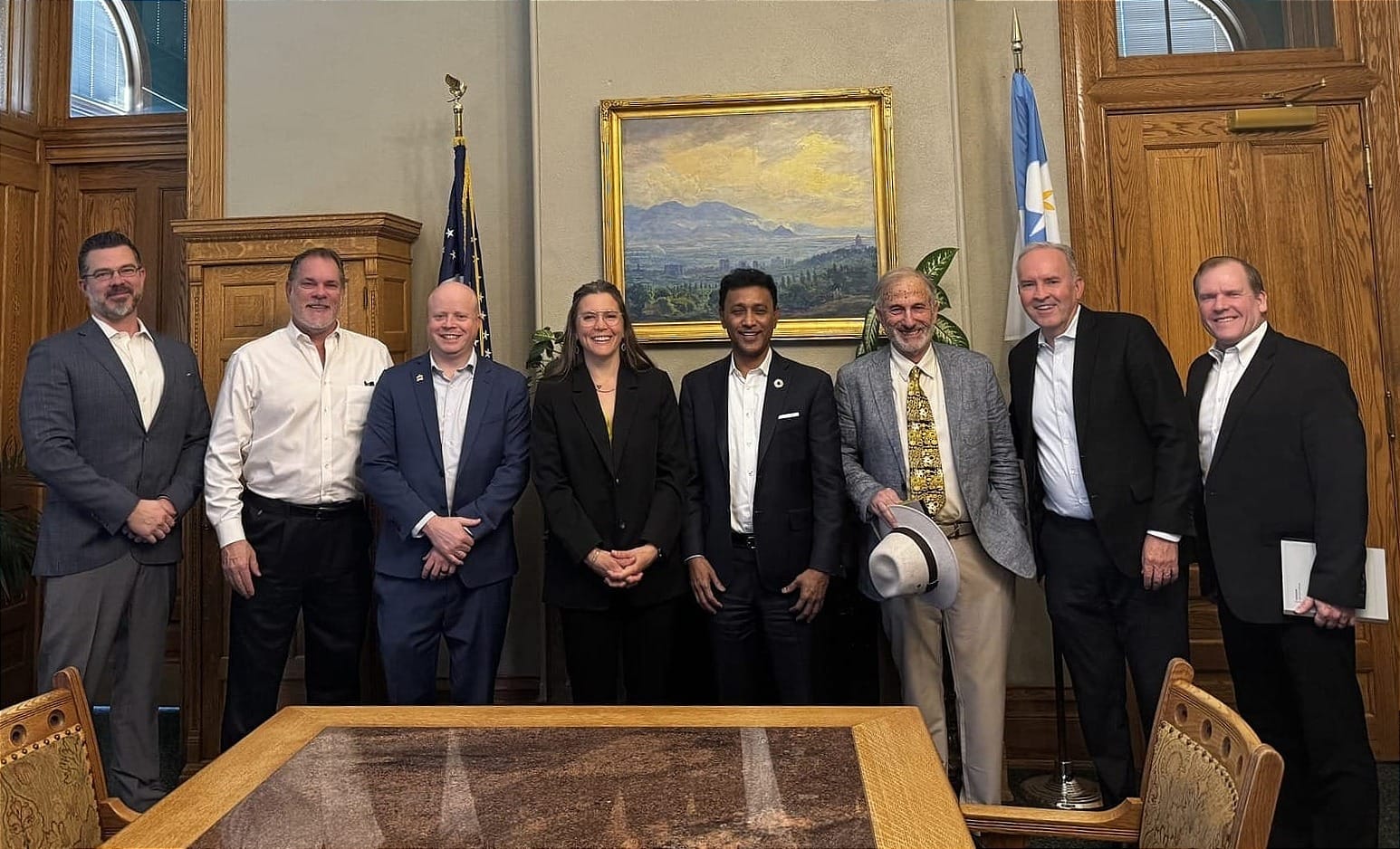
Power, Purpose, and Patience
For Polson, Altris isn’t just another startup — it’s a second life. The heart attack that nearly killed him sparked a mission to make something that lasts.
“I just wanted to get rid of our pollution problem here in Utah,” he said. “But now we see it’s much bigger than that. There’s a global demand for power like never before — and we can help meet it.”
Altris’s future will hinge on capital, partnerships, and the unforgiving realities of manufacturing. But its timing — and its technology — are on its side.
If Polson succeeds, a Utah-born turbine could light up Africa, stabilize the grid for AI, and prove that innovation and altruism don’t have to be opposites.
“I’ve done digital,” he said. “This is harder. And it matters more.”
Learn more at www.altris.eco.

